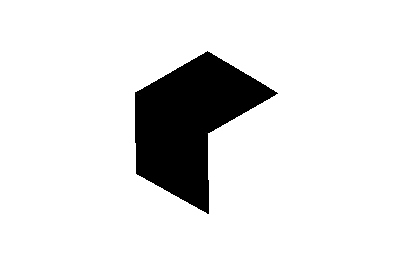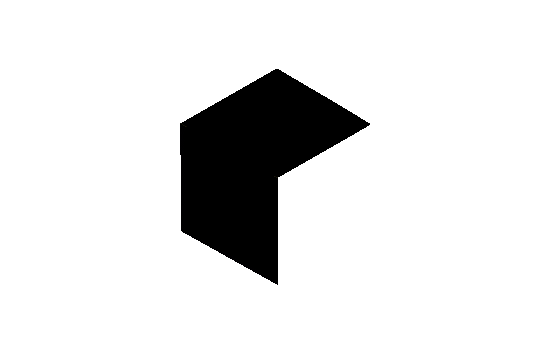Graphic Design, Print & Video
Graphic Design
In essence, we encapsulate our expertise in crafting visual assets that not only look aesthetically pleasing but also strategically align with the brand's overarching goals and messaging.
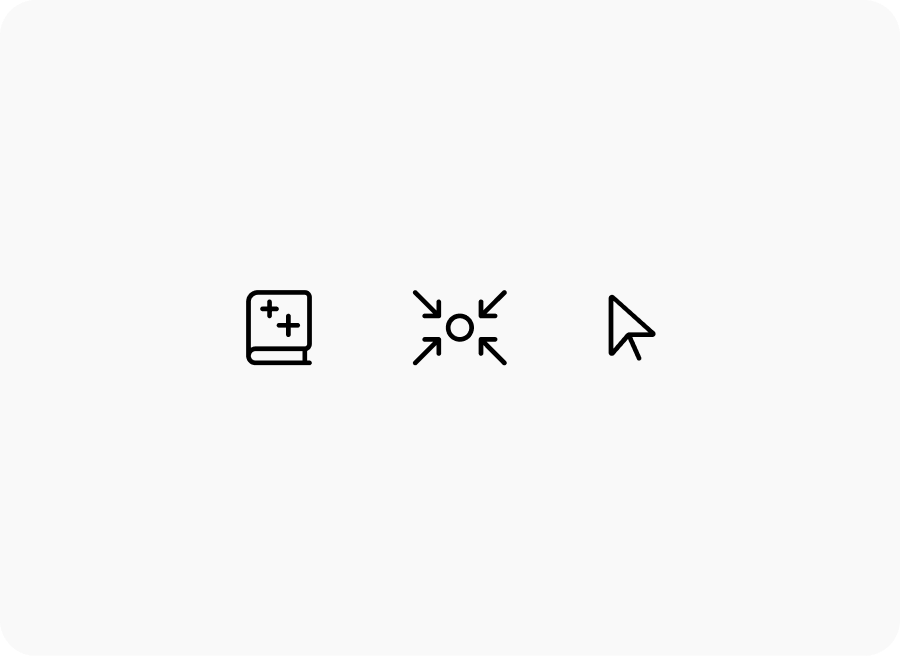
Let's dive into a typical Logo Design and Branding process. It's a crucial area for any business:
1. Discovery and Research:
- Client Briefing: This is where we kick things off by having an in-depth discussion with the client to understand their business, target audience, brand values, and overall vision.
- Market and Competitor Analysis: We conduct thorough research into the client's industry, competitors, and target market to identify trends, opportunities, and potential pitfalls.
2. Concept Development:
- Brainstorming and Ideation: Based on the insights gathered in the discovery phase, we brainstorm various logo concepts and design directions that align with the client's brand identity.
- Sketching and Conceptualization: We create rough sketches and visual representations of the potential logo designs, exploring different styles, typography, and color palettes.
3. Design Refinement:
- Digital Rendering: We select the most promising concepts and develop them further using professional design software, refining the details and ensuring scalability across various applications.
- Presentation and Feedback: We present the refined logo designs to the client, gather their feedback, and iterate on the designs based on their input.
4. Finalization and Delivery:
- Final Revisions and Approval: We make any necessary adjustments to the chosen logo design and obtain final approval from the client.
- File Preparation and Delivery: We prepare the final logo files in various formats and resolutions, ensuring they are suitable for both print and digital use. We also provide a style guide outlining the proper usage of the logo and brand elements.
5. Brand Identity Development (Optional):
- Brand Guidelines: We create comprehensive brand guidelines that define the visual and verbal elements of the brand, including color palettes, typography, imagery, and messaging.
- Brand Collateral Design: We design various brand collateral such as business cards, letterheads, and social media graphics, ensuring consistency and cohesiveness across all touchpoints.
Key Considerations:
- Collaboration: We maintain open communication and collaboration throughout the process, ensuring the client is actively involved and their vision is reflected in the final product.
- Creativity and Innovation: We strive to create unique and memorable logo designs that stand out from the competition and resonate with the target audience.
- Scalability and Versatility: We ensure the logo design is adaptable and can be used effectively across various platforms and applications.
- Timeliness and Efficiency: We manage the project efficiently, adhering to deadlines and delivering high-quality work within the agreed-upon timeframe.
By refining our Logo Design and Branding offering based on these key principles, Quo Agency can deliver exceptional results that help clients establish a strong brand presence and achieve their business goals.
Now, even established businesses with existing logos often find themselves in need of a rebranding or logo redesign. Here are a few scenarios where our services would be highly valuable:
- Brand Evolution: Perhaps the company has undergone significant changes in its mission, values, or target audience. A logo redesign can help reflect these changes and ensure the brand remains relevant and appealing.
- Outdated Design: Over time, design trends change. A logo that once felt modern and cutting-edge may now appear dated and out of touch. A fresh design can revitalize the brand and give it a contemporary feel.
- Mergers and Acquisitions: When two companies merge, or one acquires another, a new logo and brand identity are often necessary to unify the two entities and represent the new organization.
- Expansion into New Markets: If a company is expanding into new markets or launching new product lines, a logo redesign or brand refresh can help ensure the brand resonates with a wider or different audience.
- Negative Brand Perception: In some cases, a company may need to rebrand due to negative publicity or a tarnished reputation. A new logo and brand identity can signal a fresh start and help rebuild trust with customers.
Remember, a logo is often the first point of contact between a brand and its audience. It's essential that it accurately reflects the company's values, resonates with its target market, and remains relevant in an ever-changing landscape. Even established businesses can benefit from a periodic brand assessment and potential logo redesign to ensure their visual identity remains strong and impactful.
Essentially, branding provides the strategy and guidelines, while marketing collaterals bring that strategy to life. They work in tandem to create a cohesive and consistent brand experience that resonates with your target audience.
Key Points to Remember:
- Consistency is Key: Effective marketing collaterals consistently reflect the established branding guidelines, ensuring a unified and recognizable brand presence across all touchpoints.
- Branding Informs Design: The visual elements of marketing collaterals - color palettes, typography, imagery - should align with the brand's visual identity, creating a sense of familiarity and trust.
- Messaging Reinforces Branding: The language and tone used in marketing collaterals should echo the brand's voice and personality, further solidifying its identity in the minds of consumers.
- Collaterals Bring the Brand to Life: Marketing collaterals are the tools that allow your audience to interact with and experience your brand, turning abstract concepts into tangible representations.
By ensuring a strong connection between branding and marketing collaterals, businesses can create a powerful and memorable brand presence that fosters recognition, trust, and loyalty among their target audience. It's a synergistic relationship where each element supports and reinforces the other, ultimately driving business growth and success.
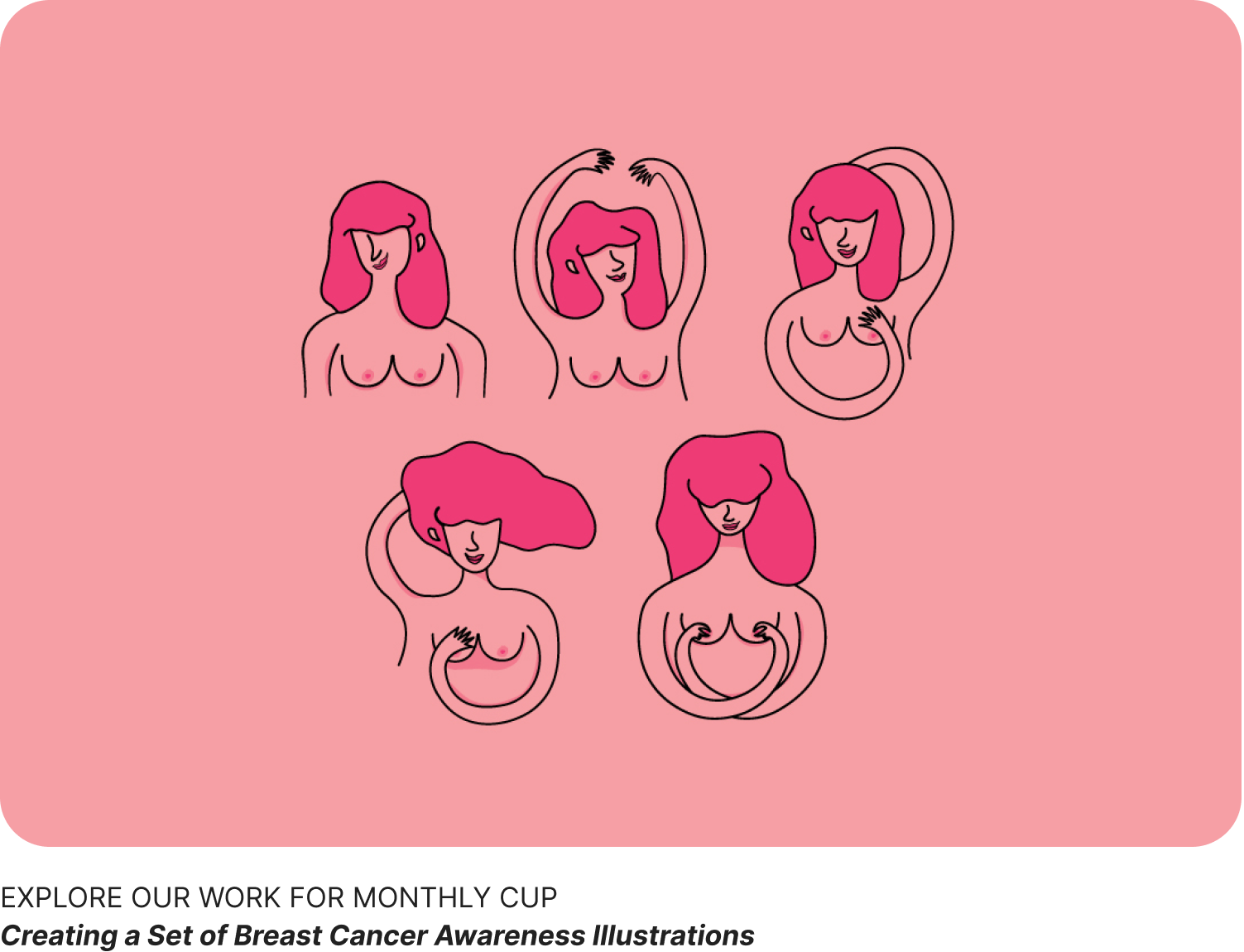
Here's how illustrations fit into the broader branding and marketing picture:
- Visual Communication: Illustrations offer a versatile and engaging way to convey complex ideas, product features, or brand stories in a visually appealing and easily digestible manner.
- Brand Differentiation: Unique and customized illustrations create a distinct visual language that differentiates a brand from its competitors and fosters brand recognition.
- Emotional Connection: Illustrations can evoke specific emotions and create a sense of personality for the brand, allowing it to connect with its audience on a deeper, more personal level.
- Versatility and Adaptability: Illustrations can be used across various marketing touchpoints, from website banners and social media graphics to print materials and product packaging, ensuring consistent brand communication.
In essence, illustrations inject life and personality into the brand, transforming static messaging into dynamic visual narratives that capture attention and leave a lasting impression. They enhance the effectiveness of marketing collateral, fostering greater engagement and driving positive brand perception.
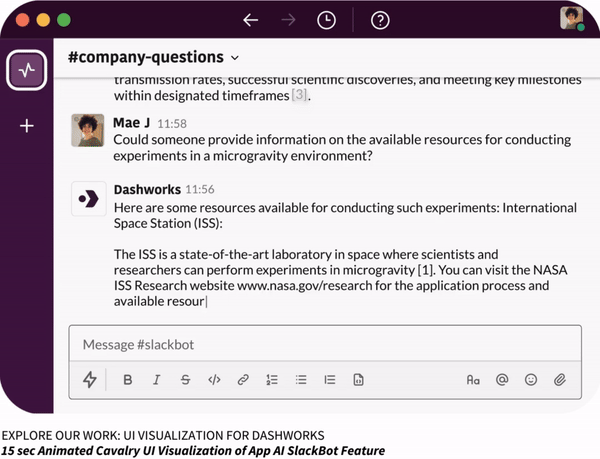
UI Visualization, or Interface Design Visualization, bridges the gap between software functionality and user understanding. It transforms the often-complex workings of a user interface into digestible visuals, whether through static images, animated sequences, or interactive prototypes.
This service proves indispensable in scenarios where clear communication of software features is paramount. It allows businesses to:
- Showcase product features and functionality: Illustrate how users interact with the software, highlighting key features and their benefits.
- Simplify complex processes: Break down intricate workflows or technical concepts into easily understandable visual representations.
- Enhance marketing materials: Augment product descriptions, landing pages, or presentations with engaging visuals that showcase the software's capabilities.
- Improve user onboarding and training: Provide visual guides and tutorials that help users quickly grasp the interface and its functions.
- Support sales and customer success teams: Equip teams with visual aids to clearly explain the software's value proposition and address customer inquiries.
UI visualization is particularly beneficial for:
- Software companies and tech startups: Promoting and explaining new products or features.
- SaaS businesses: Demonstrating the value and functionality of their platforms.
- E-commerce platforms: Showcasing product customization or checkout processes.
- Educational technology: Illustrating how software supports learning and development.
Essentially, any business relying on a user interface to deliver its product or service can benefit from UI visualization. It empowers them to communicate effectively with their audience, improve user experience, and drive adoption and engagement.
Icons are a vital part of establishing and maintaining a consistent brand identity, just like PayPal's distinctive icon set, for instance.
These icons are designed with a cohesive style, ensuring visual consistency across all brand communications, whether it's on the website, social media, marketing materials, or even within the product interface itself.
Having a dedicated icon library brings numerous benefits:
- Reinforced Brand Identity: Consistent use of custom icons reinforces the brand's visual identity, creating a sense of familiarity and recognition among the audience.
- Enhanced Communication: Icons serve as visual shortcuts, conveying information quickly and efficiently, especially in digital spaces where attention spans are limited.
- Improved User Experience: Clear and intuitive icons enhance the user experience by providing visual cues for navigation, actions, or features, making the interaction with the brand more seamless and enjoyable.
- Professionalism and Polish: A well-crafted icon library adds a touch of professionalism and polish to the brand's overall presentation, demonstrating attention to detail and commitment to quality.
In essence, icons, just like logos and other branding elements, play a crucial role in shaping brand perception and fostering a strong connection with the audience.
Conceptual artwork has broad applications across various industries and scenarios where visual communication needs to transcend the literal and evoke a specific idea, emotion, or message. Here are some prominent examples:
- Technology and Software: Illustrate abstract concepts like data security, cloud computing, or artificial intelligence, making them more accessible and engaging for a broader audience.
- Healthcare and Pharmaceuticals: Visualize medical procedures, health conditions, or the benefits of specific treatments in a sensitive and informative manner.
- Finance and Banking: Communicate complex financial concepts like investments, savings, or insurance in a clear and visually appealing way.
- Education and E-learning: Enhance learning materials with illustrations that simplify complex topics, aid understanding, and boost retention.
- Non-profit and Social Causes: Raise awareness for social issues or environmental concerns through evocative and impactful illustrations that inspire action.
- Advertising and Marketing: Create eye-catching visuals for ad campaigns, websites, and social media that tell a story, evoke emotions, and generate brand engagement.
Specific scenarios where conceptual artwork are invaluable include:
- Explaining intangible concepts or services.
- Conveying complex information in a simplified manner.
- Creating visual metaphors or allegories.
- Eliciting specific emotions or responses.
- Adding personality and visual appeal to otherwise dry or technical content.
In essence, conceptual artwork proves beneficial whenever a visual element needs to go beyond mere representation and tap into the realm of ideas, emotions, and abstract thinking. It's a powerful tool to enhance communication, engagement, and brand perception, making it relevant across a broad spectrum of industries and applications.
Print Design
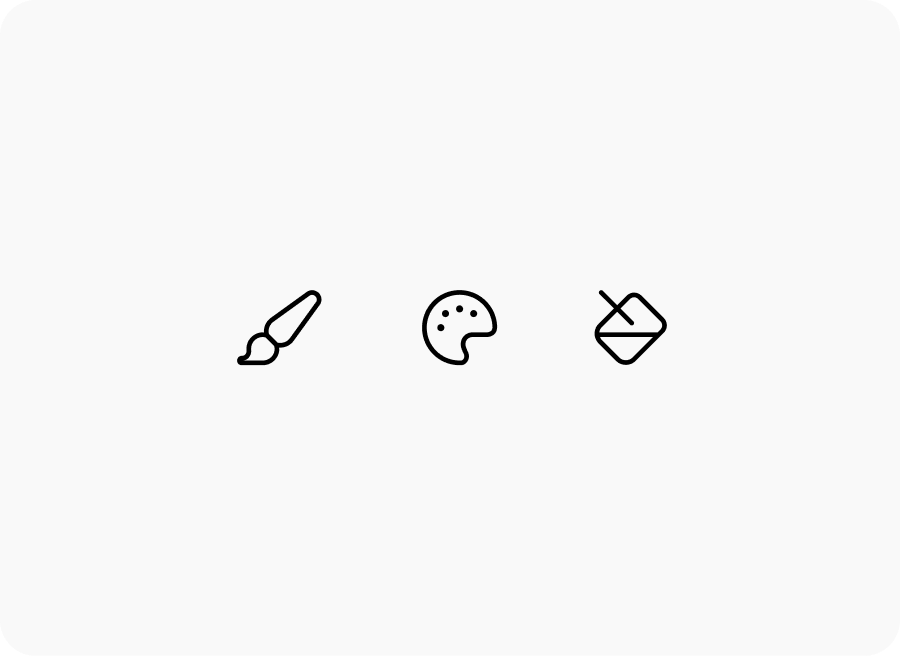
Process:
-
Understanding the Brand and Goals: We begin by thoroughly understanding your brand, target audience, and specific objectives for the trade show. What message do you want to convey? What actions do you want visitors to take?
-
Conceptualization and Design: We brainstorm creative concepts that align with your brand identity and objectives. This involves considering factors such as booth size, layout, traffic flow, and visual elements. We'll then create 3D renderings or sketches to visualize the concept.
-
Preparing artworks for the manufacturer.
-
Graphics and Branding: We design eye-catching graphics and signage that reinforce your brand message and capture attention from afar.
Industries:
Trade show booth design is relevant to virtually any industry participating in exhibitions or conferences. Some key sectors include:
- Technology: Showcase cutting-edge products, software, or services with interactive displays and demonstrations.
- Healthcare: Create informative and engaging booths that highlight medical devices, pharmaceuticals, or healthcare solutions.
- Manufacturing: Exhibit machinery, equipment, or industrial solutions with a focus on functionality and efficiency.
- Consumer Goods: Attract potential customers with visually appealing displays and product demonstrations.
- Food and Beverage: Offer samples, showcase packaging, and create a welcoming environment for brand interaction.
- Professional Services: Convey expertise and establish credibility with well-designed booths and interactive presentations.
Flyers are typically single-page printed or digital documents used to promote a specific product, service, event, or offer. They are often distributed in high-traffic areas, mailed directly to potential customers, or shared online through social media and email campaigns. Flyers are designed to capture attention quickly with eye-catching visuals, concise messaging, and clear calls to action.
Brochures are multi-page printed or digital documents designed to provide in-depth information about a company, product, service, or event. Unlike flyers, which are typically single-page and focus on a specific message or offer, brochures offer a more comprehensive overview and can include detailed descriptions, features, benefits, testimonials, and contact information.
In the context of "Branding & Design," brochures play a crucial role in showcasing a company's brand identity and communicating its value proposition in a polished and professional manner. They are often used as sales tools, informational guides, or leave-behinds at events or meetings.
At Quo Agency, we approach brochure design with the same meticulous attention to detail as we do with other visual communications. We ensure that the design, layout, and messaging are not only visually appealing but also effectively convey the brand's story and key messages. We leverage our expertise in graphic design, typography, and information architecture to create brochures that are both informative and engaging, leaving a lasting impression on the reader.
Posters are typically small in size and intended for close-up viewing. They often convey detailed information or promote specific events or products. You'll often see posters displayed on walls, bulletin boards, or windows. Think of a movie poster at a cinema or a concert poster in a music venue. Their primary purpose is to inform and persuade the viewer at a close range.
Banners, on the other hand, are much larger and designed to be seen from a distance. They are typically used for outdoor advertising or in large indoor spaces like trade shows or conferences. Banners often feature bold graphics and concise messages to grab attention from afar. Their main goal is to create brand awareness and generate interest.
Key differences:
- Size: Banners are significantly larger than posters.
- Viewing Distance: Banners are meant to be seen from a distance, while posters are designed for close-up viewing.
- Placement: Banners are often used outdoors or in large indoor spaces, while posters are typically placed on walls or other vertical surfaces.
- Message: Banners generally have a broader, more impactful message, while posters provide more detailed information.
- Purpose: Banners are primarily used for brand awareness and promotion, while posters are used for information and persuasion.
Packaging design is a multifaceted discipline that plays a vital role in attracting consumers, protecting products, and communicating brand values. Here are some common examples of packaging designs, categorized by their primary purpose:
Protection & Preservation
- Corrugated Cardboard Boxes: Ideal for shipping and storage due to their durability and versatility. They can be customized with branding elements and are easily recyclable.
- Rigid Plastic Containers: Provide excellent visibility of the product and protection from damage. They are often used for food, cosmetics, and electronics.
- Glass Bottles and Jars: Offer a premium and eco-friendly option for beverages, sauces, and cosmetics. They convey a sense of quality and are reusable.
- Metal Cans: Durable and ideal for long-term storage of food, beverages, and other goods. They are also recyclable.
- Flexible Pouches: Lightweight and space-saving, these are suitable for various products like snacks, coffee, and liquids. They can be customized with vibrant graphics and are often resealable.
Branding & Marketing
- Label Design: Labels are a crucial branding tool, providing product information, showcasing brand identity, and attracting attention on store shelves.
- Printed Boxes and Cartons: These offer a large canvas for creative branding, incorporating graphics, colors, and messaging that resonate with the target audience.
- Shrink Sleeves: Provide a full-body wrap for products, maximizing branding opportunities and offering tamper-evident features.
- Custom Packaging: Unique shapes, materials, or structural designs that create a memorable unboxing experience and set a product apart from competitors.
Functionality & User Experience
- Resealable Packaging: Allows for easy storage and extended product freshness.
- Easy-Open Packaging: Reduces frustration and enhances the user experience, particularly for seniors or those with limited dexterity.
- Portion-Controlled Packaging: Offers convenient and pre-measured portions, ideal for on-the-go consumption or dietary management.
- Sustainable Packaging: Utilizes eco-friendly materials and minimizes environmental impact, appealing to conscious consumers.
Specialized Packaging
- E-commerce Packaging: Optimized for shipping and protection during transit, while still incorporating branding elements for a positive unboxing experience.
- Gift Packaging: Luxurious and decorative packaging that elevates the perceived value of a gift and enhances the overall experience.
- Promotional Packaging: Limited-edition or special packaging that generates excitement and creates a sense of urgency for a particular campaign or event.
By understanding the diverse types of packaging designs available, businesses can strategically select solutions that effectively protect their products, reinforce their brand identity, and provide a positive user experience.
Packaging is more than just a protective covering; it's a strategic tool that combines form and function to enhance a brand's appeal, safeguard its products, and create a memorable consumer experience.
Services offered within packaging design typically include:
-
Structural Design: Creating the physical form and dimensions of the packaging, ensuring it's both functional and aesthetically pleasing. This includes selecting appropriate materials, considering transportation and storage requirements, and incorporating user-friendly features like easy-open mechanisms or resealable closures.
-
Graphic Design: Developing the visual elements of the packaging, including logos, labels, color schemes, and typography, to create a cohesive brand identity and attract consumer attention.
-
Production and Prototyping: Managing the production process, from material sourcing to manufacturing, ensuring the final packaging meets quality standards and design specifications. This may also involve creating prototypes to test and refine the design before mass production.
-
Sustainability Consulting: Advising on eco-friendly materials and design choices to minimize environmental impact and appeal to conscious consumers.
-
User Experience Design: Focusing on how consumers interact with the packaging, ensuring it's intuitive, convenient, and contributes to a positive unboxing experience.
-
Market Research and Analysis: Understanding consumer preferences, market trends, and competitor strategies to create packaging solutions that resonate with the target audience and stand out on store shelves.
By offering a comprehensive suite of packaging design services, we empower our clients to leverage their packaging as a powerful marketing tool, enhancing their brand image, protecting their products, and creating a memorable experience for their customers.
Stationery is a powerful tool for making a tangible, lasting impression. Let's break down some common forms of stationery and explore their relevance across various industries.
Common Forms of Stationery
- Letterheads: The cornerstone of professional correspondence, featuring the company logo, contact information, and often a subtle design element that reinforces brand identity.
- Business Cards: A portable representation of your brand and contact information, essential for networking and leaving a memorable first impression.
- Envelopes: Carrying your brand's message beyond the contents, envelopes offer a chance to showcase creativity and reinforce professionalism.
- Notecards & Thank-You Cards: A touch of personal connection for expressing gratitude or sending brief messages, reflecting brand values and fostering positive relationships.
- Presentation Folders: A polished way to organize and present proposals, reports, or other important documents, enhancing the perceived value and professionalism of your materials.
Here are some more radical creative and unique forms of stationery that can truly set a brand apart:
- Seed Paper Business Cards: Embedded with seeds, these cards can be planted after use, literally growing the relationship and showcasing a commitment to sustainability.
- Edible Stationery: Imagine cookies or chocolates embossed with a company logo or contact details. A memorable and delicious way to leave a lasting impression.
- Fabric Letterheads or Envelopes: Using high-quality fabric for letterheads or envelopes adds a touch of luxury and tactile appeal, making them truly stand out in a pile of paper.
- Augmented Reality Stationery: Incorporate AR elements into business cards or brochures, allowing recipients to scan them with their smartphones and unlock interactive content or experiences.
- Handwritten Notes on Unique Materials: Send personalized notes on unconventional materials like wood slices,leather scraps, or even recycled circuit boards, demonstrating creativity and thoughtfulness.
- Custom Postage Stamps: Design personalized postage stamps featuring the company logo or a unique visual element, adding a touch of brand identity to every piece of mail.
- Interactive Business Cards: Incorporate QR codes, NFC chips, or other interactive elements into business cards,allowing recipients to instantly access digital portfolios, websites, or social media profiles.
- Upcycled or Sustainable Stationery: Create stationery from recycled materials or sustainable sources, showcasing a commitment to environmental responsibility.
These are just a few ideas to spark your creativity. The key is to think outside the box and find unique ways to express your brand's personality and values through stationery. By choosing unconventional materials, incorporating interactive elements, or focusing on sustainability, you can create stationery that truly stands out and leaves a lasting impression.
Industries that Benefit from Stationery
- Professional Services: Law firms, consulting firms, accounting firms, and other professional services businesses rely heavily on stationery to convey their credibility, expertise, and attention to detail.
- Creative Agencies: Design studios, advertising agencies, and marketing firms use stationery as a creative canvas to showcase their design prowess and express their brand personality.
- Luxury Brands: High-end retailers, hospitality businesses, and fashion brands leverage stationery to reinforce their exclusivity, sophistication, and commitment to quality.
- Startups and Small Businesses: Stationery can help emerging businesses establish a professional image and build brand recognition, even on a limited budget.
- Non-Profits and Educational Institutions: These organizations can use stationery to convey their mission and values, and to create a sense of trust and transparency.
In essence, any business that values professionalism, brand consistency, and building meaningful relationships can benefit from well-designed stationery. It's a subtle yet powerful tool that can elevate a brand's image and create a lasting impression on clients, partners, and stakeholders.
Video Production
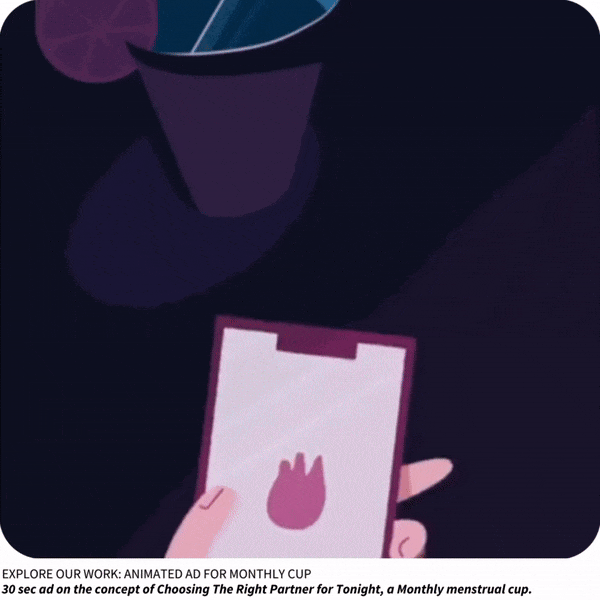
Concept & Script Development: This initial stage involves brainstorming ideas, defining the key message, and crafting a compelling script that clearly explains the product, service, or process.
Pre-Production: This phase includes storyboarding, shot list creation, scouting, scenario, products preparation, and film equipment preparation.
Production: This is where the actual filming or recording takes place, capturing live-action footage on the products according to the concept initially defined.
Creative Content Development: This includes crafting the video explainer itself, using the footage to tell a compelling story about the camera and its unique features. This involves scriptwriting, editing, motion graphics, and other creative elements to produce an engaging and informative video that resonates with the target audience: adding motion graphics, sound effects, and music, and color grading the final product.
Essentially, this would involve creating videos that emulate the style and format of popular YouTube content, focusing on topics relevant to your clients' target audience. These videos could include:
-
Educational tutorials and how-to guides: Demonstrating how to use a product or service, providing tips and tricks, or explaining complex concepts in an easy-to-understand manner.
-
Thought leadership and industry insights: Sharing expert opinions, analyzing trends, and offering valuable perspectives on relevant topics.
-
Behind-the-scenes glimpses and company culture videos: Giving viewers a peek into your clients' company culture, showcasing their team, and highlighting their values.
-
Product reviews and demonstrations: Showcasing products in action, highlighting their features and benefits, and providing honest reviews.
-
Interviews and Q&A sessions: Featuring industry experts, thought leaders, or satisfied customers to provide valuable insights and build credibility.
By offering "A la Youtube" video production services, Quo Agency can tap into the vast potential of video marketing and help reach a wider audience, increase engagement, and drive conversions.
-
Concept & Storyboarding: Similar to corporate explainers, this phase involves developing the core concept and creating a visual storyboard that outlines the animation's narrative and key scenes.
-
Illustration & Design: This stage focuses on creating the visual assets for the animation, including character designs, backgrounds, and other elements.
-
Animation: This is where the illustrations and designs are brought to life through 2D or 3D animation techniques.
-
Sound & Music: Adding sound effects, voiceovers, and music to enhance the animation's impact and emotional resonance.
Repurposing long-format podcast videos is a smart and efficient strategy to maximize content reach and engagement.
-
Social Media Shorts: Extract captivating sound bites, intriguing quotes, or visually interesting moments to create eye-catching short-form videos. These can be used to promote the full episode, highlight key takeaways, or simply entertain and engage followers.
-
YouTube "Micro-Podcasts": Condense the core message of a longer podcast episode into a concise 5-minute video. This allows you to cater to audiences with shorter attention spans and potentially attract new listeners who may not have the time to invest in a full episode.
-
Explainer Videos: If the podcast episode delves into a specific topic or concept, create an explainer video that visually illustrates the key points. This can be particularly useful for complex or technical subjects, making them more accessible and engaging.
-
Testimonial Videos: If the podcast features interviews or discussions with satisfied customers, extract their positive comments and create compelling testimonial videos.
By strategically repurposing long-form podcast videos into these different formats, Quo Agency can extend the lifespan of its content, reach wider audiences, and reinforce key messages across multiple platforms. It's a cost-effective way to maximize the value of existing assets and generate greater returns on investment.

